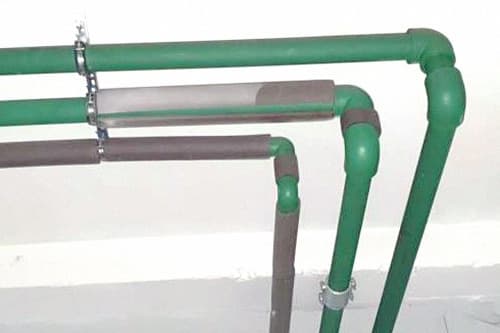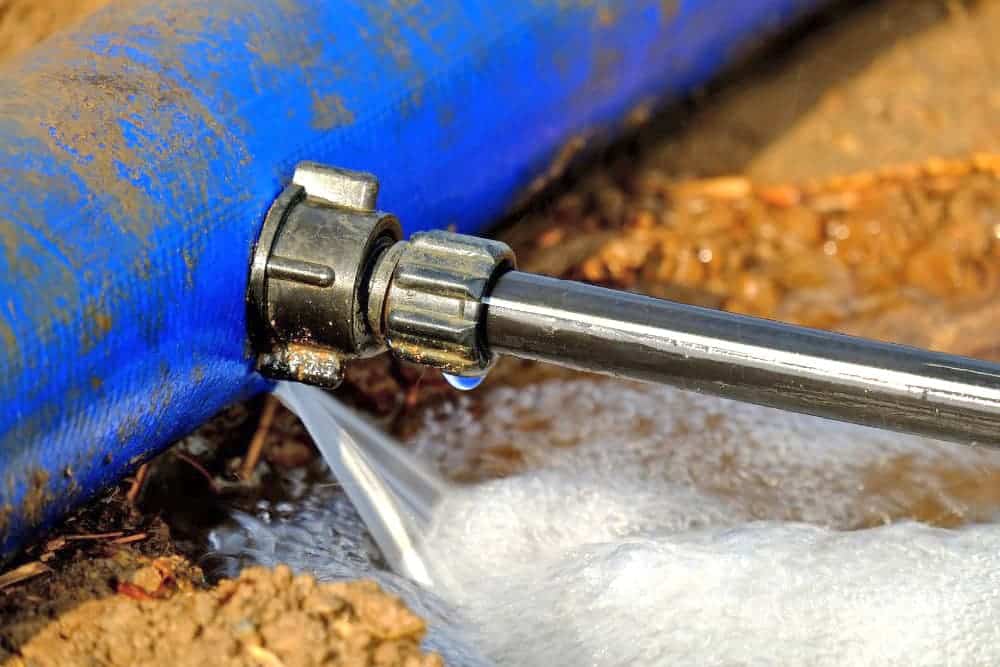What was the challenge or problem to solve?
On this occasion we addressed a Forensic Engineering project aimed at the analysis of failures in domestic hot water pipes. The pipelines, installed in a residential building a little more than 3 years ago, had suffered cracking and, therefore, multiple water leaks had occurred.
Specifically, the study had to determine whether the origin of the breakage was due to material failures and, therefore, was the responsibility of the supplier, or whether it was caused by misuse of the installation, for which the user would be responsible.

The study focused on the comparative analysis between pipes showing the failure and others in good condition. First, we performed a basic characterization of a damaged pipe and a new pipe of the same material. For this, we used FTIR (Fourier transform infrared transmission) spectroscopy. This test is used to locate differences in composition that could indicate a change in the material and, on the other hand, differences that would point to deterioration caused by external agents.
The next test consisted of differential scanning calorimetry (DSC), which measured the thermal properties of the plastic of a pipe installed 20 years ago without failure and one installed 3 years ago with failure. By means of this technique we analyzed the structural changes of the material in search of evidence of differences in its resistance. The results showed that the pipes with 20 years of use still retained their original properties, while those installed 3 years ago had requested their resistance to external agents.
Based on these investigations, a report with the results and conclusions of the study was prepared and presented to the client.

